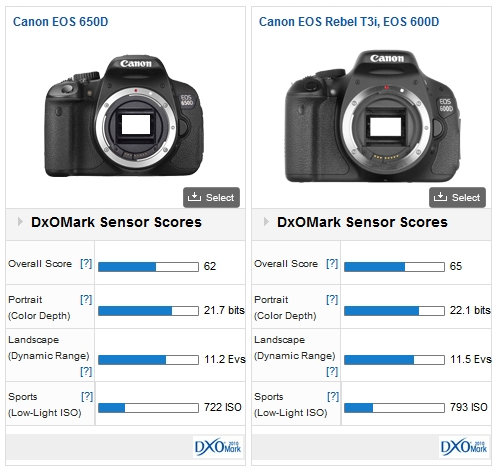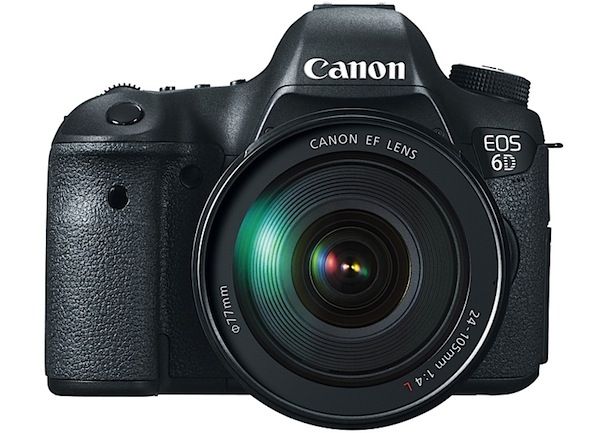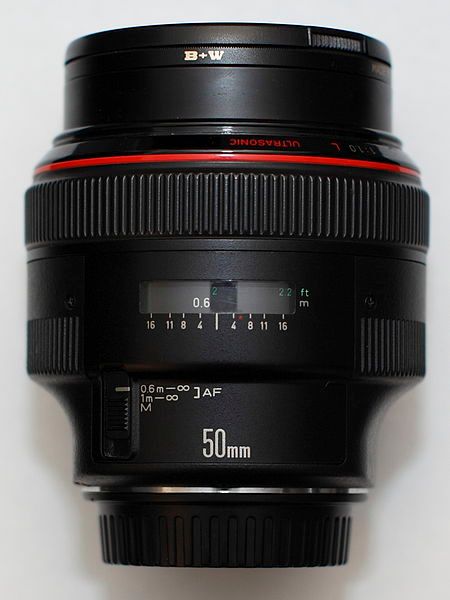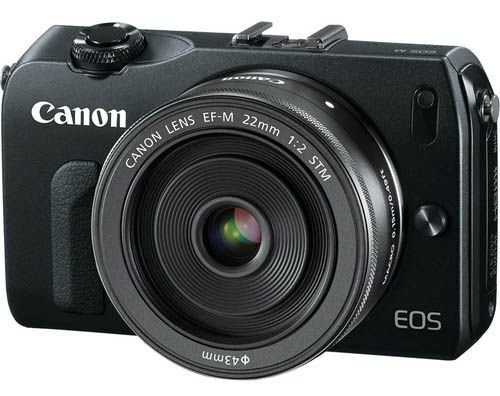Canon EOS M Reviews And Samples From Asia, Canon PowerShot S100 Deal
Now that it is shipping (at Amazon Japan and on ), the first Canon EOS M reviews and samples start to show up on Asian sites. DC.watch (translation here) and Ascii (translation here) both published ISO tests and the latter also reviewed the EF-M 22mm f/2 STM (price&specs) pancake lens and the EF-M 18-55mm f/3.5-5.6 IS STM (price&specs) zoom lens. The pancake is said to be generally sharp but on the edges at full aperture. Have your read while we are waiting for more Canon EOS M reviews and samples. For Canon EOS M pre-order links see at the end of the post. If you want to read a lucky EOS M owners thoughts, have a look at this forum thread (spoiler: he does not agree with Engadgets very critic review)
On eBay US there is good Canon PowerShot S100 deal going on (). [sorry, posted wrong specs – thanks].
- 12.1 effective megapixel, 1/1.73-inch high-sensitivity CMOS sensor
- 3-inch TFT color LCD with wide viewing angle
- DIGIC 5 image processor
- Full 1080p HD video with stereo sound
- 24mm wide-angle lens (5x optical zoom, 4x digital zoom and 20x combined zoom) with optical image stabilizer

EOS M pre-order links:
USA & world-wide:
EOS M page on Amazon (click here), Adorama (click here), B&H (click here)
EOS M Black at Amazon (click here), Amazon UK (click here), Adorama (click here) and BHphoto (click here).
EOS M White at BHphoto (click here).
EOS M 22mm pancake at Amazon (click here), Adorama (click here) and BHphoto (click here).
EOS M 18-55mm kit lens at Amazon (click here), Adorama (click here) and BHphoto (click here).
EOS M adapter at Amazon (click here) and BHphoto (click here).
EOS M Flash at Amazon (click here), Adorama (click here) and BHphoto (click here).
Germany (Amazon DE):
EOS M black with EF-M 18-55mm 1:3,5-5,6 IS STM lens and Speedlite 90EX for €849 (click here)
EOS M white with EF-M 18-55mm 1:3,5-5,6 IS STM lens and Speedlite 90EX for €849 (click here)
EOS M red with EF-M 18-55mm 1:3,5-5,6 IS STM lens and Speedlite 90EX for €849 (click here)
EF-M 22mm 1:2 STM Pancake lens for €249 (click here)
EF-EOS M Adapter for €129 (click here)
wexcameras.de (click here)
Italy: Amazon IT (click here)





